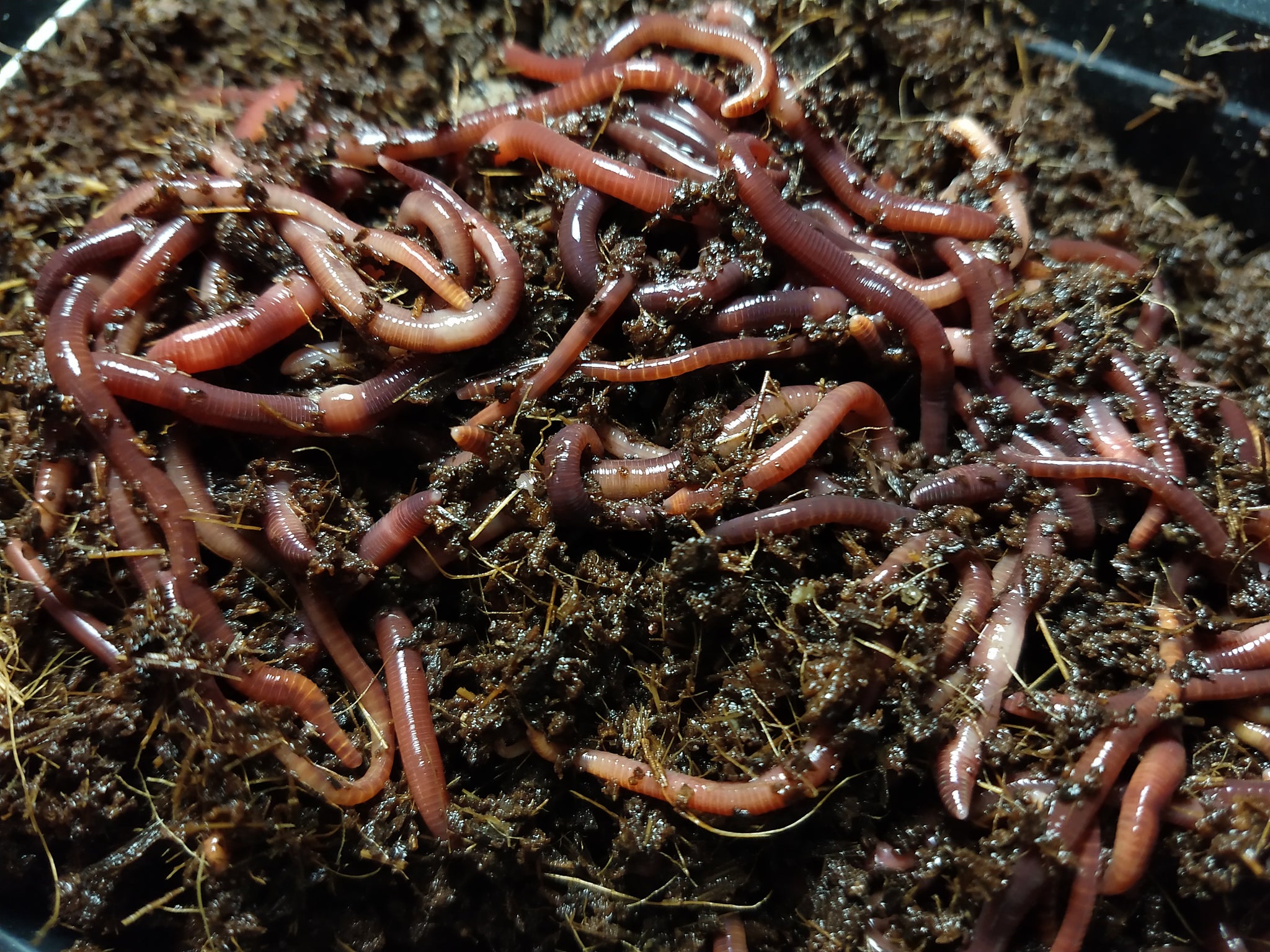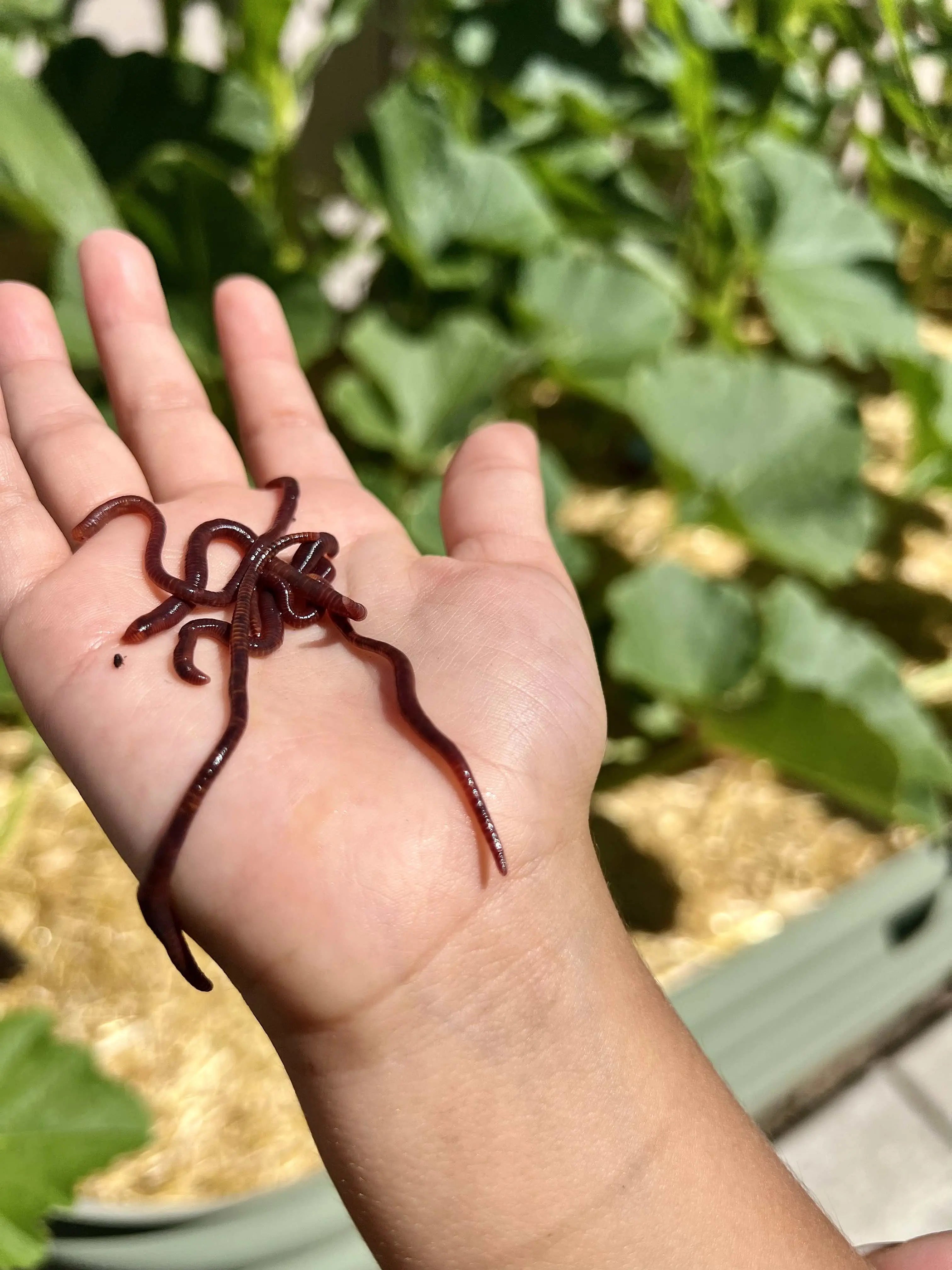Red Wigglers: The Unsung Heroes of Organic Waste Recycling
Red wigglers, or Eisenia fetida, offer as vital agents in the organic waste recycling procedure, transforming discarded products right into important vermicompost. As the world progressively seeks options to deal with waste accumulation and enhance agricultural productivity, recognizing the function of these worms becomes vital.
What Are Red Wigglers?
The amazing resilience of red wigglers, clinically known as Eisenia fetida, highlights their important role in natural waste recycling. These small, reddish-brown earthworms are commonly discovered in disintegrating raw material, such as compost stacks and manure stacks. Lake Hickory Bait. Unlike other earthworm types, red wigglers thrive in nutrient-rich atmospheres and are highly reliable at damaging down organic products, making them essential for vermicomposting

Advantages of Composting With Worms
Composting with worms, particularly red wigglers, uses many benefits that boost both waste administration and soil health and wellness. First, these worms effectively damage down organic waste, transforming it into nutrient-rich vermicompost that enhances dirt. This procedure increases disintegration, permitting a much faster recycling of kitchen scraps and other organic products contrasted to standard composting approaches.
In addition, the vermicompost created by red wigglers is bursting with useful microorganisms, which assist boost soil structure, oygenation, and dampness retention. This improves the overall health of plants, advertising energetic growth and enhanced yields in yards and agricultural settings. Furthermore, using worms in composting lessens the manufacturing of greenhouse gases, such as methane, adding to an extra sustainable waste administration system.

How to Begin Vermicomposting
Developing a vermicomposting system is a straightforward process that can produce considerable benefits for both waste management and soil enrichment. To begin, choose an appropriate container, such as a plastic bin or wood box, with ample air flow openings to make certain proper air movement. The dimensions ought to ideally be about 2 feet by 3 feet, enabling sufficient room for the worms to grow.
Following, prepare bed linens product, which can be composed of shredded newspaper, cardboard, or coconut coir. This bed linens ought to be moistened to develop an ideal habitat for the worms. When the bed linen remains in location, introduce red wigglers (Eisenia fetida) into the container, commonly around one extra pound of worms for every single square foot of surface location.
Adhering to the positioning of worms, include natural waste, such as vegetables and fruit scraps, coffee grounds, and crushed eggshells. Stay clear of including milk, meat, or oils, as these can produce odors and attract insects. Ultimately, place the bin in a shaded, temperature-controlled area to keep ideal problems for worm task. With these actions, you will successfully initiate a vermicomposting system that adds to lasting waste administration and enriches your dirt.
Maintaining a Healthy And Balanced Worm Container
Aeration is vital also. Gently mixing the bed linens and food scraps every few weeks protects against compaction and makes sure that all worms have accessibility to oxygen. Additionally, it is crucial to feed the worms suitably. A balanced diet of fruit and vegetable scraps, coffee premises, and smashed eggshells should be used in moderation to stay clear of overfeeding, which can lead to odors and anonymous insects.
If the bin becomes too warm or cool, the worms might come to be worried. By faithfully taking care of these aspects, one can preserve a robust and effective worm container.
Effect On Lasting Living
The successful maintenance of a worm container not just benefits the health of red wigglers but additionally adds considerably to lasting living practices. By reusing organic waste, such as kitchen scraps and backyard debris, red wigglers assist divert significant quantities of material from land fills. This decrease in waste not only decreases greenhouse gas exhausts however also decreases the environmental concern connected with waste administration.
Furthermore, the spreadings created by red wigglers serve as a nutrient-rich natural fertilizer, enhancing dirt health and promoting plant development. This natural choice to chemical fertilizers sustains sustainable farming and gardening practices, minimizing reliance on synthetic inputs that can damage environments. Furthermore, worm composting cultivates understanding of waste monitoring, motivating individuals and areas to embrace even more sustainable routines.

Conclusion
In summary, red wigglers offer as essential factors to natural waste reusing with their efficient decomposition of natural products. By incorporating vermicomposting into waste management strategies, individuals and communities can substantially reduce waste while advertising environmental sustainability.
Comments on “Achieve a Beautiful Lawn Using Lake Hickory Bait Lawn Care Resources”